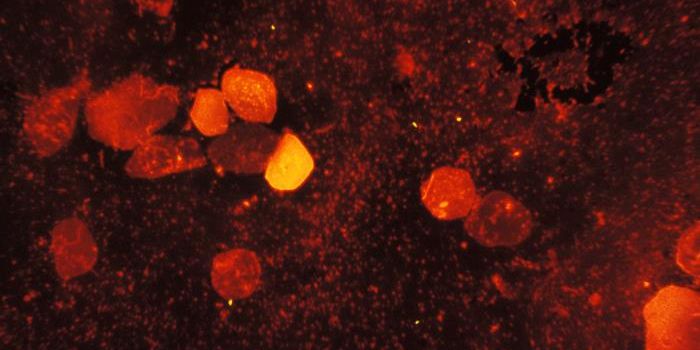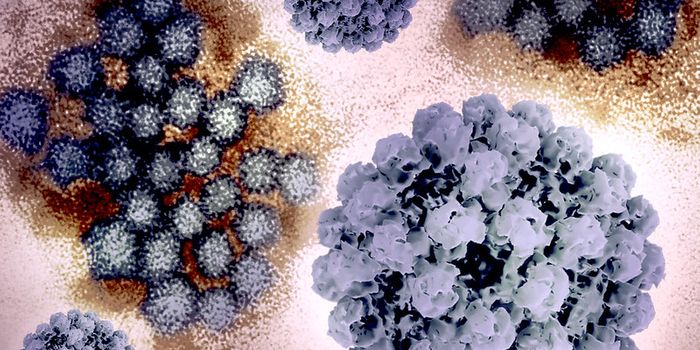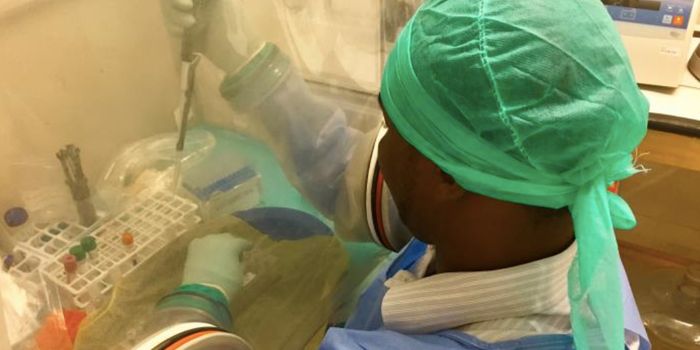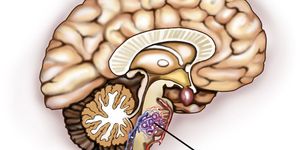
New Yorkers are a hardy group. They exist in a small bubble, crowded cheek by jowl with each other and yet they still thrive. The city can be loud and messy at times, but for those that call the Big Apple home, the rhythm of taxi cabs honking, lights blazing and trains whizzing around in the depths of the subway is music to their collective soul. As scientists have discovered recently however, there is also a cellular accompaniment to this symphony.
Researchers from Weill Cornell Medical School published the results of their 18 month long study recently and at first glance the amount of microbial goo that commuters mingle with on a daily basis is mind-boggling. They collected samples from the city's huge underground subway system in an effort to create a "PathoMap" detailing a cellular trail of over 15,000 microbes. Researchers repeatedly swabbed turnstiles, ticket kiosks, railings and benches in a transit system shared by 5.5 million riders every day. They sequenced the genetic material they found at the subway's 466 open stations and sorted it by supercomputer. These samples combined to equal almost 10 billion fragments of biochemical code. They then compared the results to genetic databases of known bacteria, viruses and other life forms.
The most alarming find? The team uncovered a few older and likely dead samples of the microbes that cause the Bubonic plague as well as a chemical trail of the deadly anthrax bacteria. While the findings would give even the most seasoned New Yorker a case of the heebie-jeebies, Dr. Christopher Mason, the study's lead author and a geneticist from Weill Cornell Medical College in New York City was quick to point out however, "There is no reason to be alarmed." The evidence of plague and anthrax were not active biomes, but rather fragments of bio-code associated with plague and not actual disease cells.
The collection of bacteria, DNA and other microscopic detritus, "establish the first city baseline of microbial life under our fingertips." said Mason.
"Now that we have this baseline, you can detect strong changes that may determine if there is anything at all threatening," such as the spread of a disease or bioterrorism, he said.
Much of what was swabbed off surfaces was similar to the biological material that healthy humans carry around on their bodies on a daily basis said Dr. Mason. "The majority really of everything you touch represents a very healthy ecosystem that mirrors what's on your own skin," he said. He did however say that since there a large amount of what was found was gut bacteria most people are probably not washing their hands well enough or, shockingly, at all.
In addition to human biological material, researchers found and identified cells from a variety of foods and included these findings in the study. Some subway stations showed that riders there eat a lot of pizza, while others showed kimchee, sauerkraut and various cheeses.
The full results of the study were published February 5, 2015 in the journal Cell Systems and provide for the first time a cellular map of a major city. Dr. Mason believes the study is good starting point since creating a database of information of what exists now will be valuable to future researchers to have a basis for comparison.
Photo: Dr. Christopher Mason, Geneticist, Weill Cornell Medical College, New York City
 New Yorkers are a hardy group. They exist in a small bubble, crowded cheek by jowl with each other and yet they still thrive. The city can be loud and messy at times, but for those that call the Big Apple home, the rhythm of taxi cabs honking, lights blazing and trains whizzing around in the depths of the subway is music to their collective soul. As scientists have discovered recently however, there is also a cellular accompaniment to this symphony.
New Yorkers are a hardy group. They exist in a small bubble, crowded cheek by jowl with each other and yet they still thrive. The city can be loud and messy at times, but for those that call the Big Apple home, the rhythm of taxi cabs honking, lights blazing and trains whizzing around in the depths of the subway is music to their collective soul. As scientists have discovered recently however, there is also a cellular accompaniment to this symphony.







